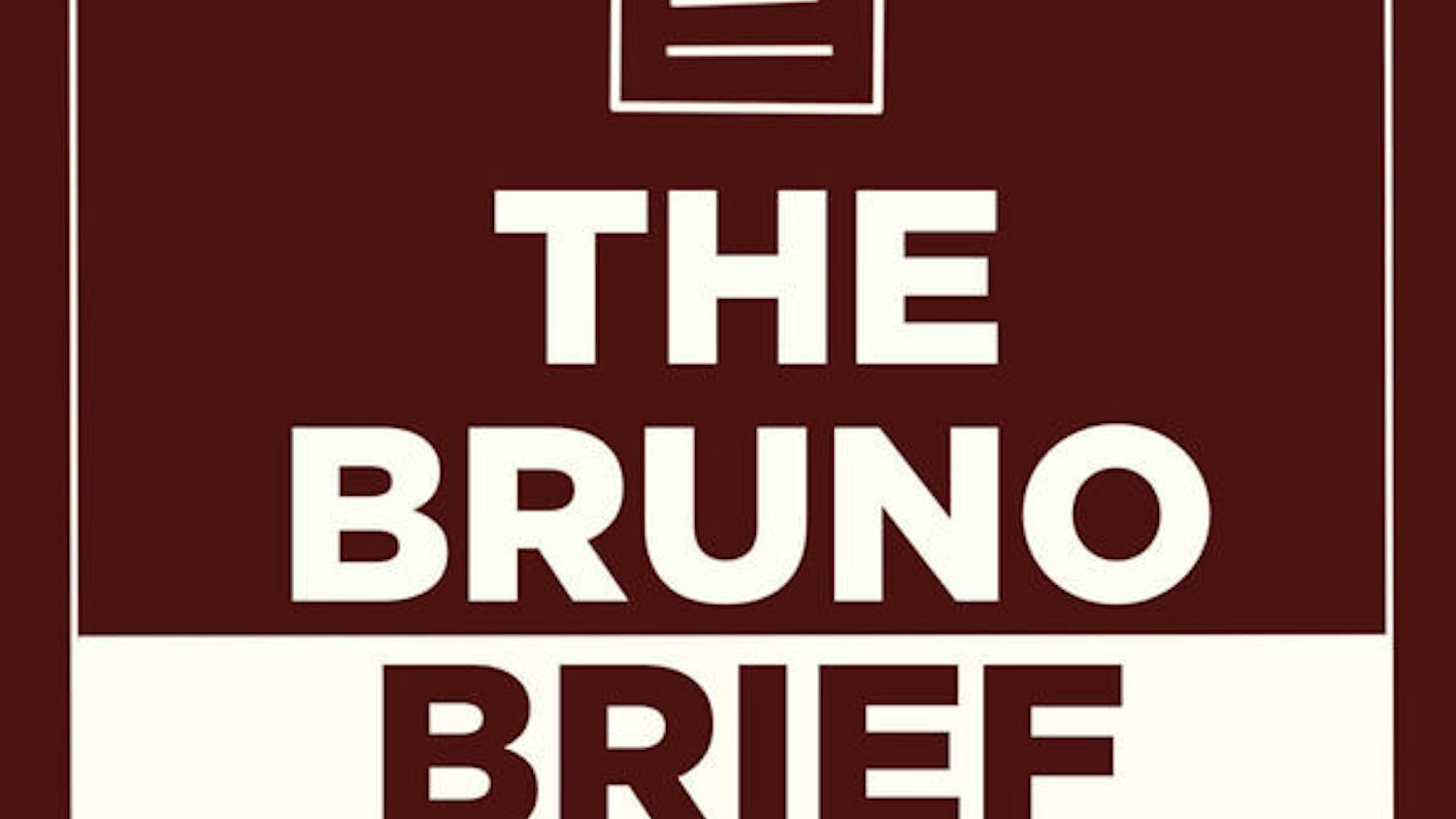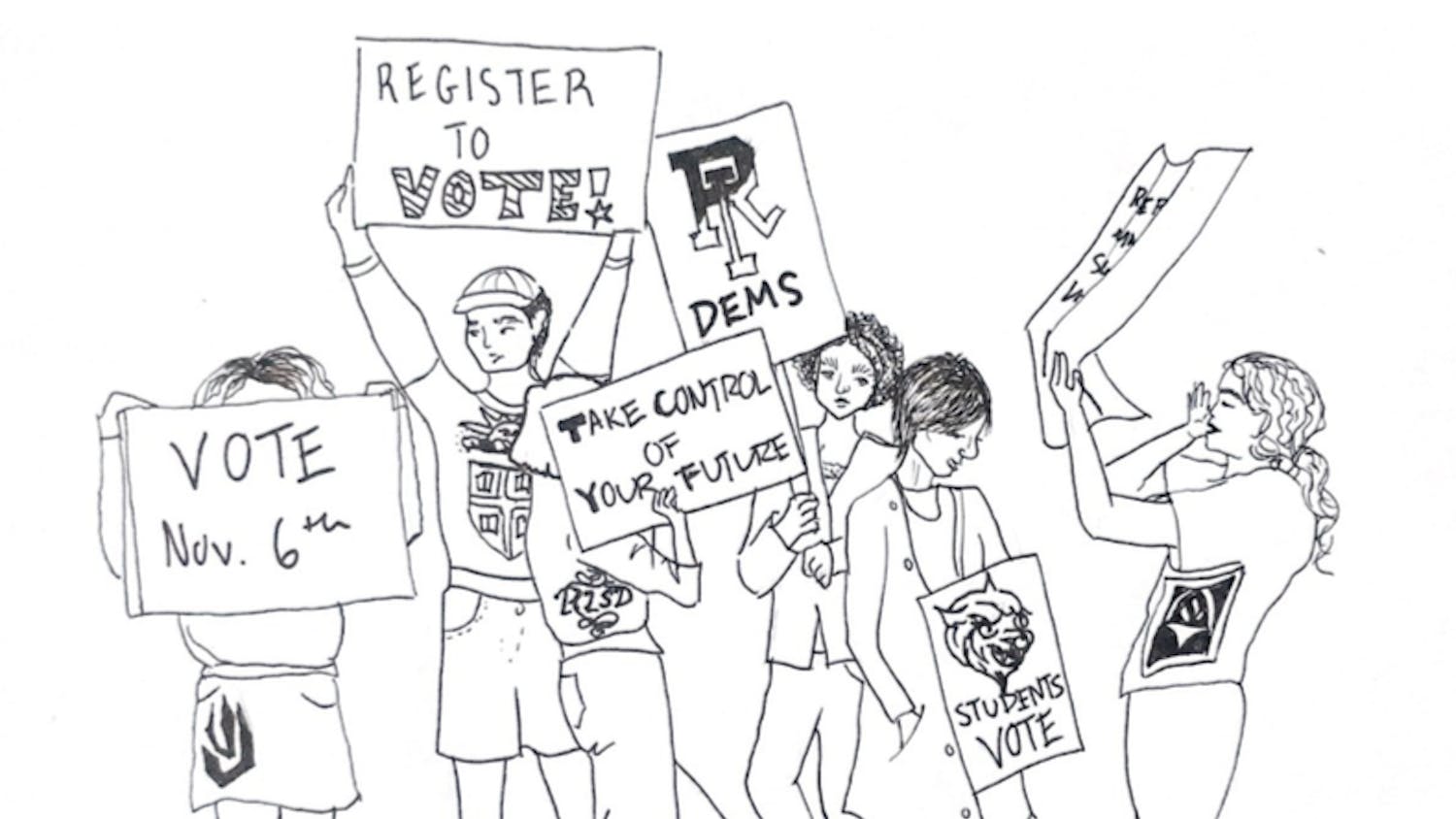College enrollment among the nation's 18- to 24-year-olds has reached a record high of 39.6 percent, or 11.5 million young adults, enrolled in a two- or four-year college, according to a Pew Research Center report released last week.
Both the number and percentage, which have risen consistently over the past several decades, are their highest ever, the Pew study reported. It cited data from October 2008 — the most recent available — provided by the U.S. Census Bureau and several other government agencies.
The study identified a recent leap in community college enrollment as the driving factor in the overall increase.
According to census figures, enrollment at four-year colleges did not increase between October 2007 and October 2008. During the same period, the number of 18- to 24-year-olds attending community college rose from 3.1 to 3.4 million, and by last fall, 11.8 percent of young adults were enrolled in two-year college programs.
The study attributed much of the increase to the economic recession, a correlation that had been observed in previous studies, according to Pew.
The report posited that community colleges are increasingly attractive options for young adults, who face particularly high tuition rates and increasing unemployment. According to data from the U.S. Bureau of Labor Statistics, cited in the Pew study, September 2009 marks the lowest percentage of employed 16- to 24-year-olds since 1948, the first year such data were collected.
Alongside increased joblessness, the study pointed to steep tuition hikes at four-year schools as another reason for the rise in popularity of two-year colleges, where students pay comparatively lower tuitions for a shorter period of time.
The report also noted that increased enrollment in college is most likely driven by a record-breaking 84.9 percent high school graduation rate among the nation's 18- to 24-year-olds.
Probe targets gender bias in admissions
On Friday, the U.S. Commission on Civil Rights launched an inquiry to examine whether college admissions officers are discriminating against female applicants as they work to correct an increasingly female-skewed gender imbalance on college campuses.
The probe comes amid increasing questions surrounding the way colleges and universities treat male and female applicants. In recent years, the number of female applicants to colleges and universities — particularly at liberal arts schools — has outstripped the number of male applicants. In an attempt to avoid a student body that is too heavily female, some schools have publicly admitted to accepting a lower proportion of women.
Though private institutions are exempt from the admissions provisions of Title IX and are therefore legally allowed to pursue these practices, public colleges and universities are not allowed to discriminate on the basis of gender in admissions.
"The accusation is that women applicants are being discriminated against in order to prevent the schools from becoming ‘too female,' " said the commission's project proposal, as reported yesterday by Inside Higher Ed. "Indeed, some commentators have called this an ‘open secret' and suggested the same may be occurring at state schools too (where it would be illegal)."
Moreover, Title IX prohibits all schools from offering unequal athletic opportunities to males and females, but Gail Heriot — the commissioner who proposed the investigation and a law professor at the University of San Diego — suggested that some schools may be avoiding adding mens' sports teams because doing so would mean having to add additional women's teams.
"It is possible that what we are witnessing is Title IX ‘backfire,' " the Commision's proposal read.
The commission has subpoenaed admissions records at a sample of schools in and around Washington, D.C., according Inside Higher Ed.
College presidents' pay rose in 2007-2008
The median pay for presidents of private colleges and universities increased by 6.5 percent to $358,746 for the fiscal year 2007-2008, according to the Chronicle of Higher Education's annual executive compensation survey.
The Chronicle's data, which were released Monday in a report, come from federal tax documents from 419 private colleges and universities. The report found that over the past five years, the inflation-adjusted median presidential salary at large private research institutions increased 19.6 percent to $627,720. Presidents of small, liberal arts colleges earned significantly less, with a median salary of $366,606.
The highest-paid private-college president is Shirley Ann Jackson, president of Rensselaer Polytechnic Institute, whose pay package totalled $1,598,247 for fiscal year 2007-2008. Jackson is one of 23 university or college presidents who earned more than $1 million.
President Ruth Simmons earned a salary of $636,158 and an additional $182,304 in benefits in the 2007-2008 fiscal year for a total of $818,462, The Herald reported earlier this fall. This places Simmons' salary about $200,000 above the median salary for presidents of private research institutions and among the 110 presidents earning more than $500,000.
The reported salaries were earned before the worst of the economic downturn. Many schools have since frozen salaries, and some presidents, including Simmons, have taken voluntary pay cuts.
In a press release, Sen. Chuck Grassley, R-Iowa — a ranking member of the Senate Finance Committee and a longtime proponent of belt-tightening in academia — criticized the salary increases.
"The fact that these salaries are growing right now is out of sync with the reality for most parents and students who are trying to pay for college in the midst of high unemployment and after savings for education were either wiped out or greatly diminished last year due to the stock market falling," Grassley's statement said.




